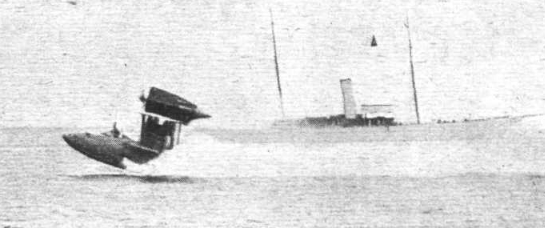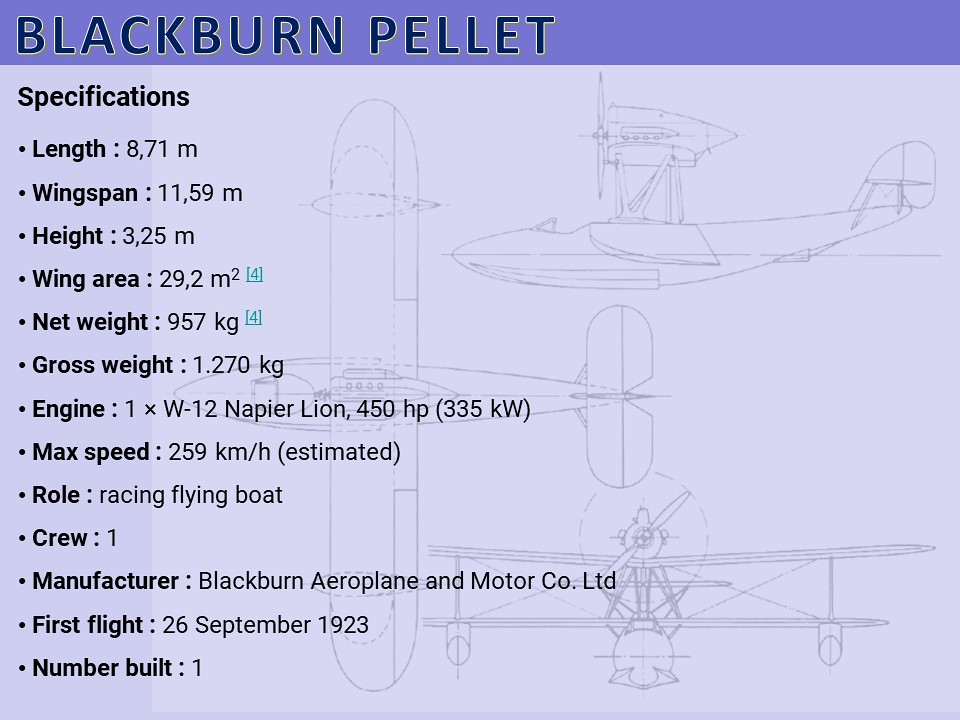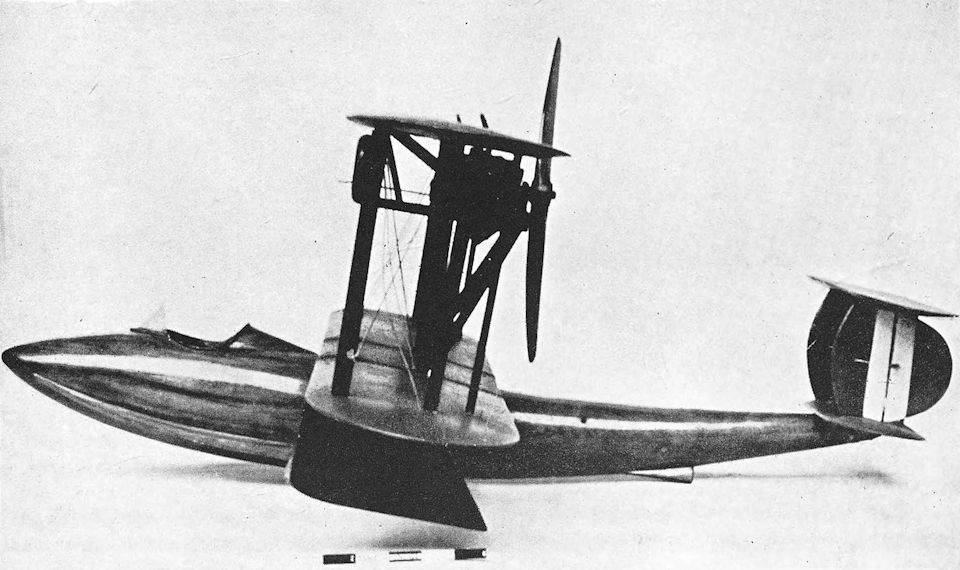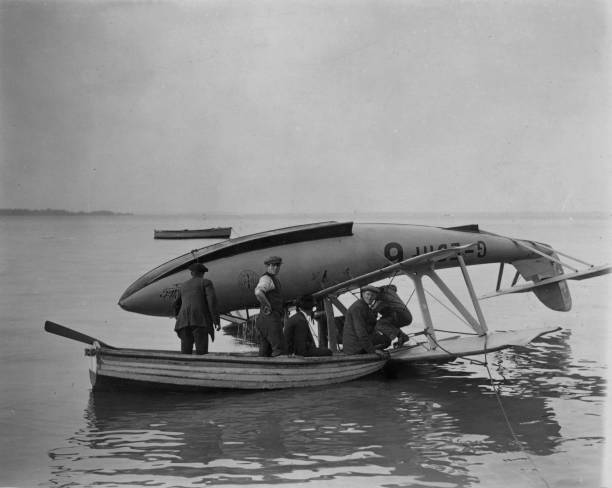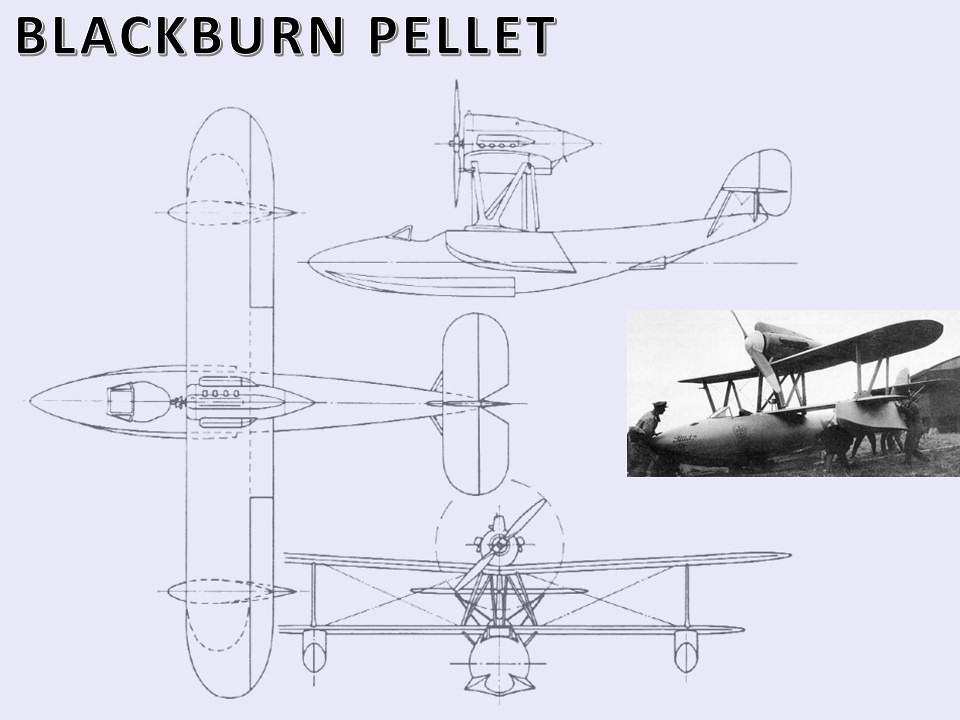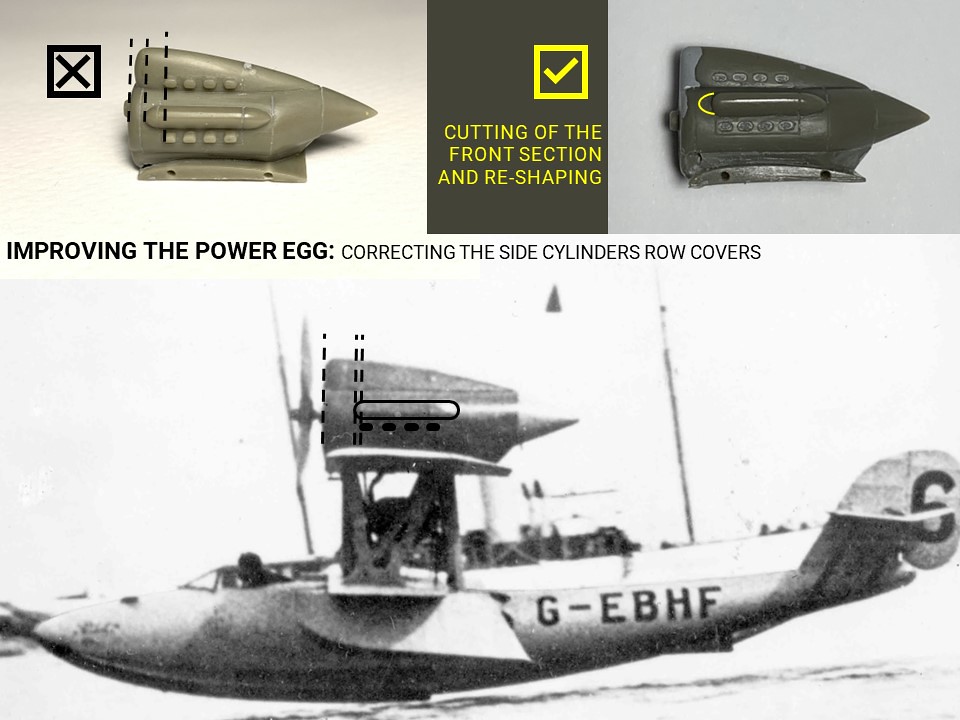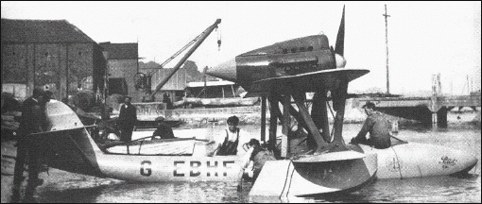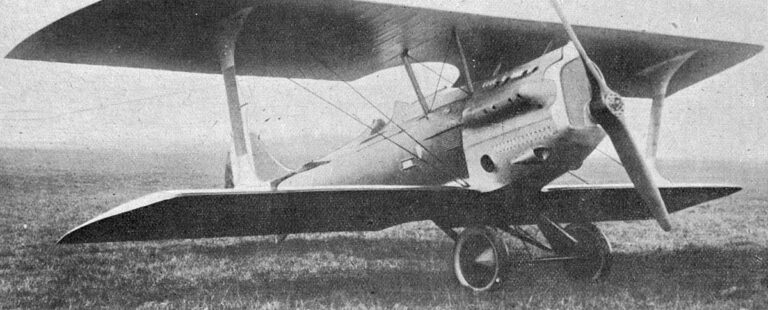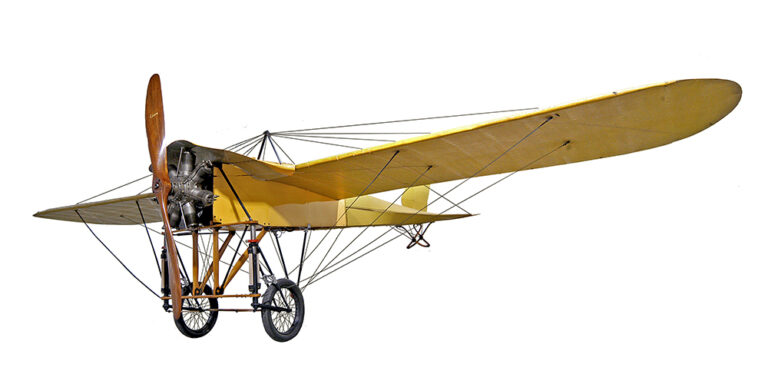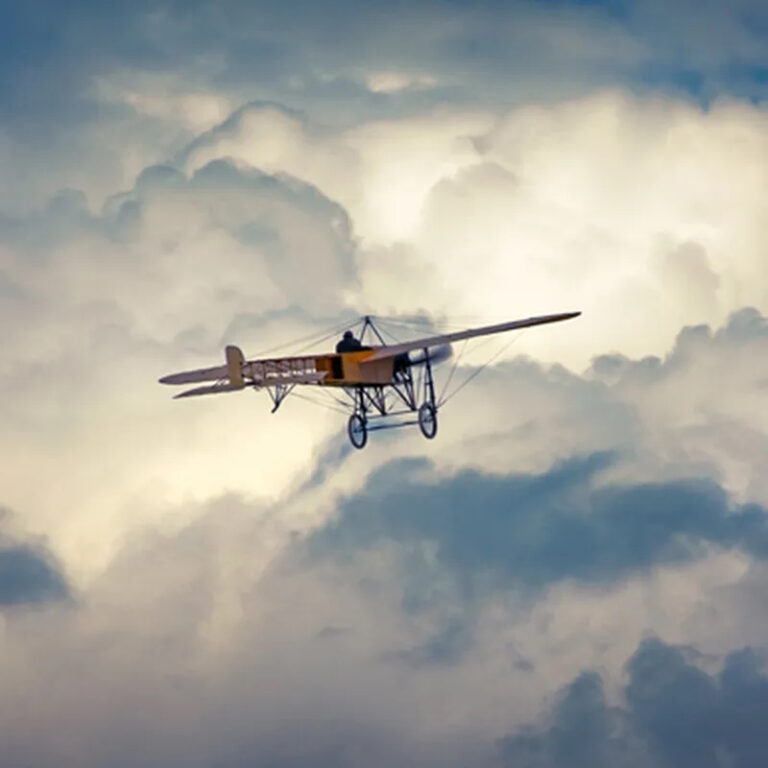Views: 5
Information
The Blackburn Pellet was a single-engined, single-seater biplane flying boat designed as a contender for the 1923 Schneider Trophy competition. It was destroyed while taking off for the trials of the contest.
Development
The 1923 Schneider Trophy competition was held in Great Britain and Blackburn decided to submit a contestant. A flying boat (the Supermarine Sea Lion III) had won the contest the year before, and in addition, Blackburn had the elegant hull of the unfinished N.1B fleet escort bomber in store since 1918. A small flying boat therefore seemed the right approach. Only the hull and possibly the wingtip floats of the N.1B were used in the Pellet; the rest of the aircraft was new.
The hull was a two-step design using the Linton Hope construction method. This used a system of circular formers separated by stringers and covered with a double layer of 0.125 in (3.2 mm) mahogany strips, the second at right angles to the first. This allowed the construction of smooth curved surfaces. The Pellet was a single-bay biplane without stagger and the lower wing was of slightly smaller span and chord. The lower wing was mounted on the top of the fuselage and carried wingtip floats mounted directly below the N-type interplane struts. There was another pair of these struts between the fuselage and upper wing supporting the engine, which was mounted tractorwise above the upper wing surface in a streamlined nacelle. The engine, a 450 hp (340 kW) Napier Lion was cooled with radiators fitted flush in the lower surface of the upper wing. The pilot sat in front of the propeller. At the rear of the aircraft, the braced tailplane was mounted about halfway up the single fin.
Refernece
https://en.wikipedia.org/wiki/Blackburn_Pellet
Pictures
